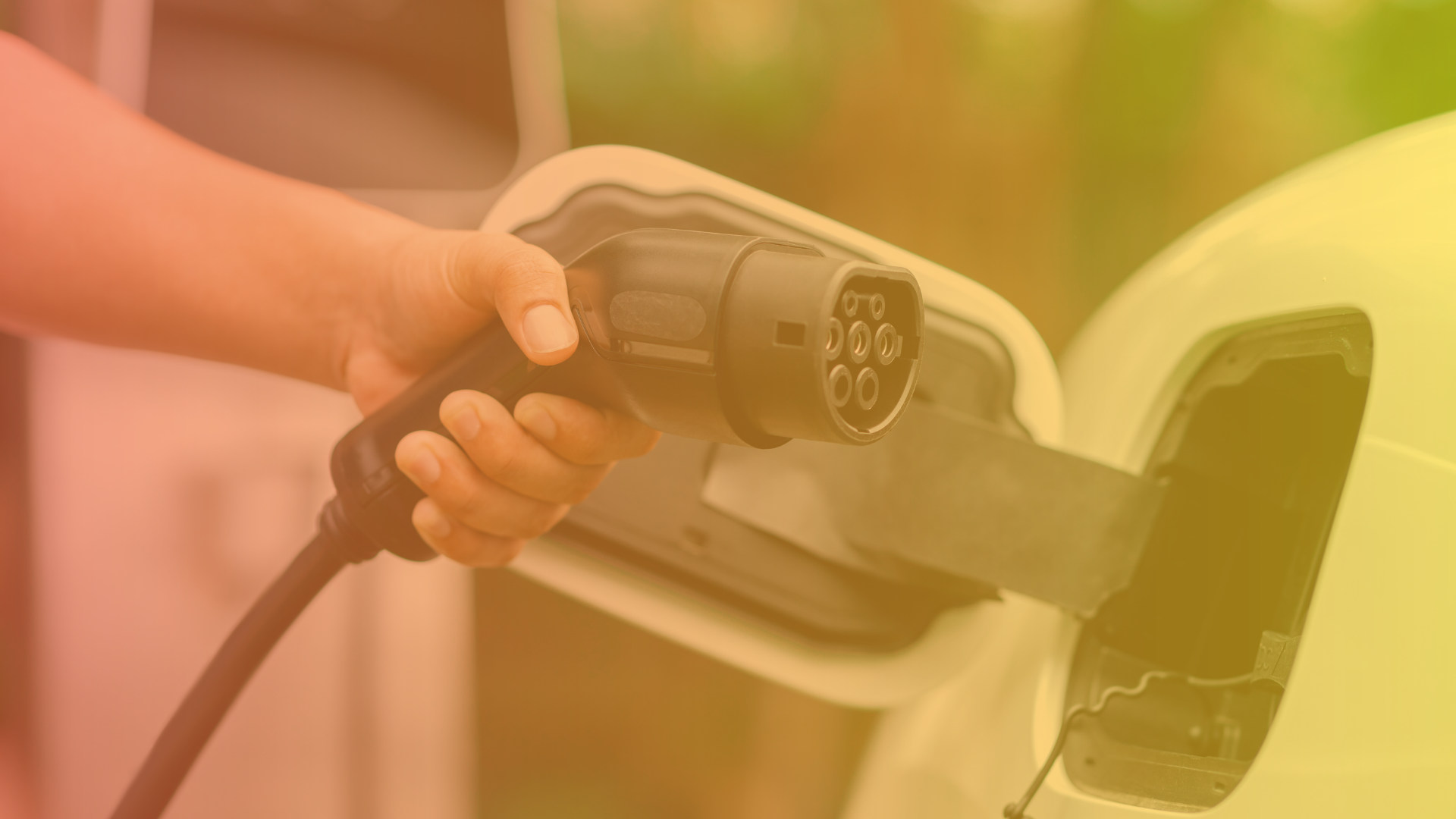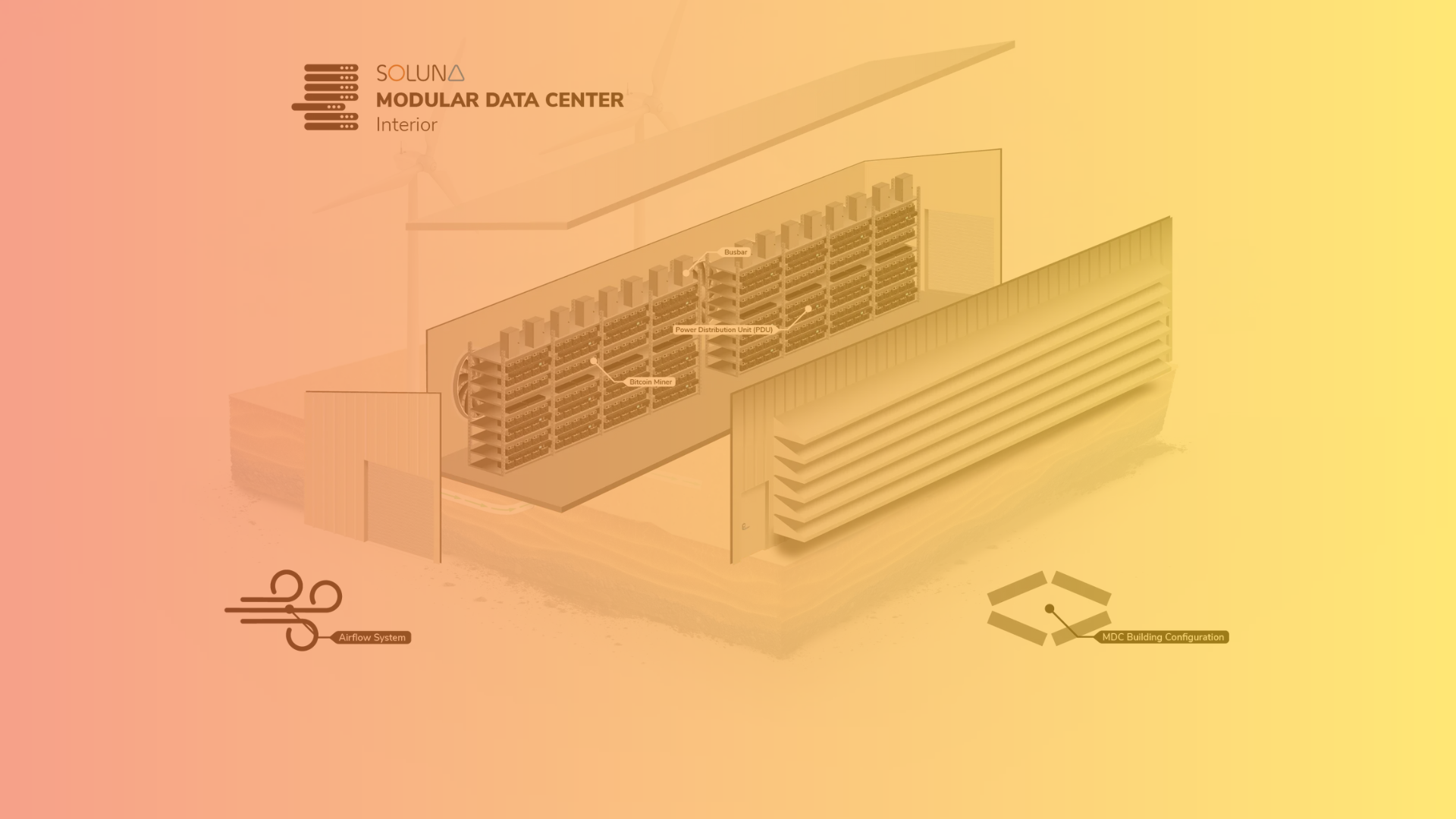Remember Vic Shao, the three-time cleantech founder from earlier this season? Well, he's back and bringing a fresh approach to the bottlenecks of EV charging.
In this episode, Vic reveals his latest venture, DC Grid, where he’s charging up a transformation of the EV charging landscape with the rapid deployment of high-power charging infrastructure. Trust me, it's about to flip the script on how we think about EV charging!
The Power Struggle: Why Traditional Grids Can't Keep Up
Let's start with a scenario that's all too common in the EV world. You're trying to set up a massive charging station, but the local utility tells you it'll take years to upgrade the power supply. Frustrating, right? Vic felt that pain firsthand while working on projects across the country.
"On the West Coast," Vic shares, "the prevailing position is that the utilities, in order to protect its rate payers, will not start the service upgrade process until the chargers or installation is substantially complete." Talk about a chicken-and-egg problem!
But it gets worse. Vic explains, "Anything north of five megawatts, and the utility just gives up on you. It may take three years. It may take four. We just don't know." That's not exactly the can-do attitude we need to accelerate EV adoption, is it?
This nightmare is a major roadblock for the entire EV industry. That's where DC Grid comes in: deploying more megawatts of charging infrastructure faster.
Their value prop is: "As many megawatts of charging as you need anywhere in the country in under three months."
Now, that's what we call a power move!
But how does DC Grid pull this off? It's all about thinking outside the box – or, in this case, outside the grid. By combining off-grid solar, energy storage systems, and renewable natural gas generators, DC Grid can set up charging stations faster than you can say "range anxiety."
Vic's approach is based on three core beliefs:
- Renewable energy generation
- Cleaner, cheaper, and faster performance than the traditional AC grid
- Advanced technology integration, including bi-directional power flow and demand response capabilities
Plug and Play: DC Grid's Flexible Solutions
Now, here's where it gets really cool. DC Grid isn't a one-size-fits-all solution. Vic and his team have cooked up a whole menu of options to fit different needs:
Need power ASAP? They'll roll up with a truck-mounted generator and DC charging outlets. You'll be juicing up EVs in no time.
Looking for a semi-permanent setup? They'll drop off some containers with generators and chargers. Think 6 to 8 dispensers, each pumping out 200 kilowatts. That's some serious power!
Want a roadside charging station? They've got a portable solar system that unfolds like an accordion. In just a few days, you've got several megawatts of solar paired with lithium-ion storage and 6 to 8 fast-charging dispensers.
Ready for a permanent solution? They'll hook you up directly to a solar or wind farm. Imagine a DC power line running straight from a renewable energy source to your highway-side charging station. Talk about cutting out the middleman!
The best part? All these options are up and running in months, not years.
Breaking Free from the Socket
Let's discuss one of DC Grid's biggest hurdles: our ingrained idea that electricity comes from a wall socket. We're all stuck in this "plug it in" mindset. But Vic's vision goes way beyond that. He's not just selling a product but a whole new way of thinking about energy.
It's like when cell phones first came out. People couldn't imagine life without a landline. Now? We can't imagine life without our mobile devices. DC Grid is aiming for the same kind of paradigm shift in how we power our vehicles.
Vic points out an interesting fact about EV charging habits: "As a consumer, I rarely go to a supercharging station because I can charge at home." But he adds, "When I do use a supercharging station or any outside charging stations, I want it to work. I want it to be reliable, I want it to be fast when I'm on a road trip."
This insight is crucial. It's not about replicating the gas station model exactly. It's about creating a network that's there when you need it, works flawlessly, and doesn't make you wait in hour-long queues.
The Road Ahead: What's Next for DC Grid?
Vic has big plans for DC Grid. He's not just looking to compete with traditional utilities—he's looking to redefine the whole game.
"Monopolies will run out of time in the end. The AC grid will continue to provide value, don't get me wrong, but there will be alternatives. DC Grid hopes to become one of the main alternatives."
He draws an interesting parallel to the telecom industry: "Telephone lines used to be a monopoly, and then something better came along. Fiber came along. Wireless better internet came along." Vic sees the same potential for disruption in the power sector.
But it's not just about the technology. Vic's approach also involves challenging the existing utility business model. He explains, "The underlying problem, I believe, is the utility business models. It's called rate basing. So it's based on assets that the utilities deploy, and they make a fixed profit margin on top. In other words, they're not motivated by efficiency gains."
This lack of motivation for efficiency is a key driver behind DC Grid's mission. By providing a more efficient, flexible alternative, they're not just solving a technical problem but addressing a fundamental misalignment in the current system.
The Entrepreneur's Drive
For Vic, that problem was the slow pace of EV charging infrastructure. With DC Grid, he's not just fixing it—he's supercharging it.
He emphasizes the importance of passion and perseverance:
"It's got to be something that drives you, that motivates you, that you look at not only as a job, but it's something that you're gonna solve regardless of how much hard work and how much pain that you suffer through."
These words ring true for anyone looking to make a big impact. It's not just about having a good idea – it's about having the drive to see it through, no matter the obstacles.
Key Takeaways for Leaders:
1) Challenge industry orthodoxy: Vic's approach with DC Grid shows how rethinking established norms can lead to innovative solutions.
2) Focus on speed and scalability: DC Grid's promise of rapid deployment addresses a critical bottleneck in EV adoption.
3) Offer flexible solutions: By providing various configurations, DC Grid caters to different customer needs and scenarios.
4) Prioritize sustainability: DC Grid's commitment to 100% renewable generation aligns with growing environmental concerns.
5) Address customer pain points: Vic's focus on reliability and convenience in charging stations directly addresses user frustrations.
Conclusion: Powering Up the EV Revolution
Vic Shao's journey from Green Charge Networks to DC Grid is more than just an entrepreneur's story - it's a roadmap for innovation in the clean tech sector. By identifying critical pain points in EV infrastructure and offering a bold, out-of-the-box solution, Vic and DC Grid are poised to accelerate the transition to electric vehicles.
The success of DC Grid could have far-reaching implications, not just for the EV industry, but for how we think about energy distribution as a whole. It challenges us to reconsider long-held assumptions about power grids and opens up new possibilities for rapid, flexible, and sustainable energy solutions.
As leaders in various industries, we can take inspiration from Vic's approach. Whether it's rethinking established business models, prioritizing customer needs, or having the courage to challenge industry giants, there are valuable lessons here for anyone looking to drive innovation and change.
Please sign up for our newsletter and podcast updates to catch every insightful strategy conversation in this series.
Share this
More BIG Insights

Two Exits Later:Startup Pain and Profit with Vic Shao

4 Key Issues That Will Shape the Business World in 2023




